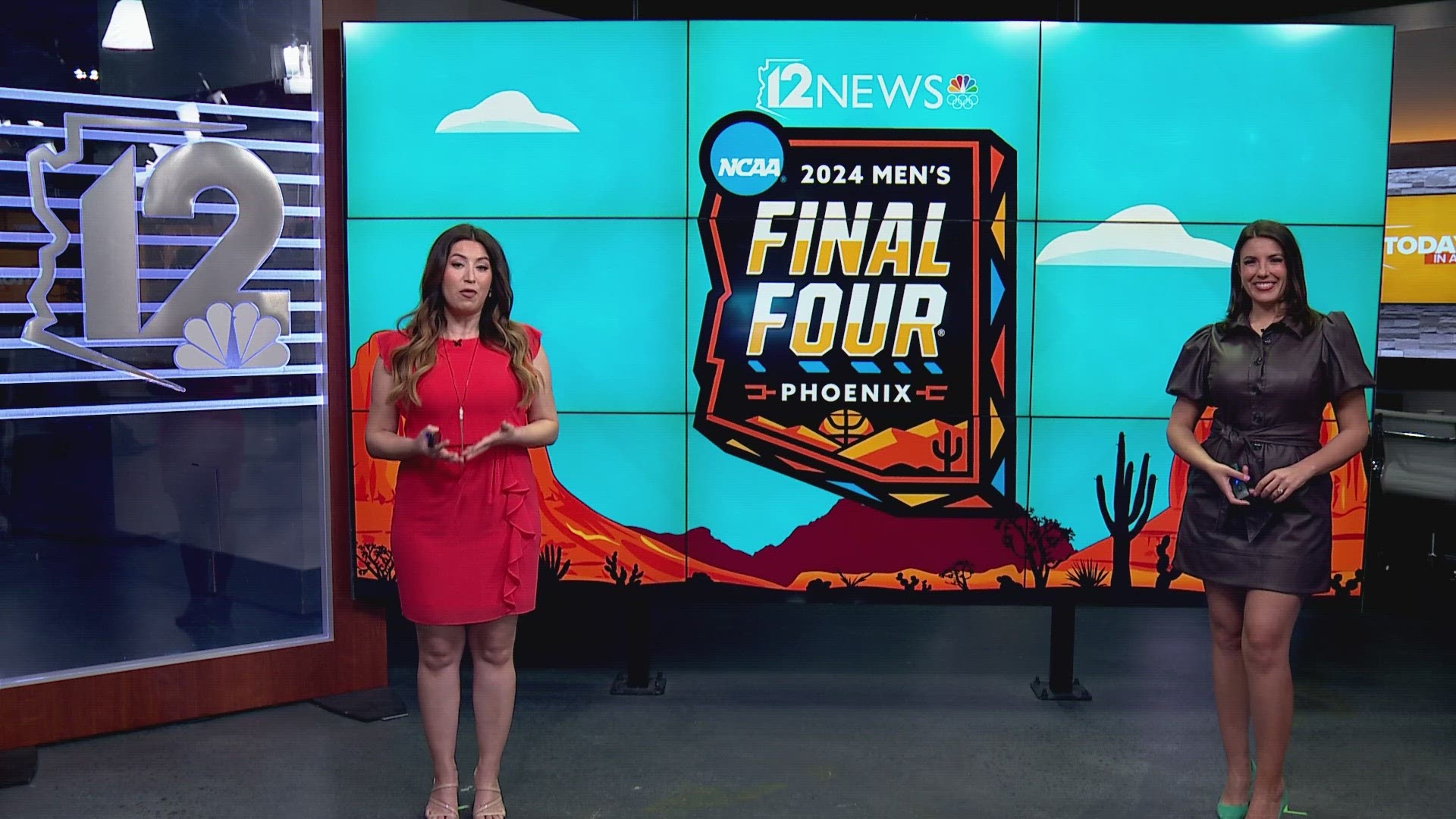Welcome to 2018! There will be plenty happening in the night sky this year, so we put together a skywatching calendar.
The guide is not quite complete. There are a couple of partial solar eclipses that will only be visible in the southernmost parts of the world. And the second total lunar eclipse of the year in July won't be visible in North America.
Here are the events you will get a chance to see:
January
Jan. 3,4 – Quadrantids Meteor Shower
The Quatrantids are an above-average meteor shower, with up to 40 meteors per hour at their peak. Unfortunately, the light of a nearly full moon will block out all but the brightest meteors this year.
Jan. 31 - A supermoon, a Blue Moon and a total lunar eclipse
Three great events for the price of none, if you're willing to wake up early. According to Space.com, it's the first Blue Moon lunar eclipse in 150 years.
February
February will be pretty uneventful. There won't even be a full moon.
March
March 20 – Spring equinox
The March equinox will signal the start of spring. In Phoenix, we'll get a stunning Phoenixhenge sunrise and sunset to mark the occasion.
March 31 - Blue Moon
A Blue Moon happens when there are two full moons in one month. This year is unique in that January and March both get Blue Moons while February has no full moon at all.
April
April 22,23 – Lyrids Meteor Shower
The Lyrids are an average meteor shower, producing about 20 meteors per hour at their peak. The first quarter moon will set shortly before 2 a.m. in Arizona on April 23, leaving the skies dark for a good show.
May
May 6,7 – Eta Aquarids Meteor Shower
Most of the activity for this shower is seen in the Southern Hemisphere. In the Northern Hemisphere, the rate can reach about 30 meteors per hour. You'll have to be patient if you want to catch a few good meteors, as the light of the waning gibbous moon will block out the fainter ones.
June
June 21 – Summer solstice
It's the first day of summer, and the sun will have reached its northernmost position in the sky.
July
July 28, 29 – Delta Aquarids Meteor Shower
This is an average shower that can produce up to 20 meteors per hour at its peak. The nearly full moon will block out all but the brightest meteors.
August
Aug. 12, 13 – Perseids Meteor Shower
The Perseids are one of the best meteor showers to observe, producing up to 60 meteors per hour at its peak. Unlike last year, the moon won't get in the way. The thin crescent moon sets at 8:34 p.m. in Arizona on Aug. 12, leaving dark skies for great viewing.
September
Sept. 23 – Fall equinox
Phoenixhenge returns on the first day of fall.
October
Oct. 8 – Draconids Meteor Shower
The Draconids are a minor meteor shower, producing only around 10 meteors per hour at their peak. But at least there will be no moonlight to hinder your view of the show.
Oct. 21, 22 – Oronids Meteor Shower
This is an average shower, producing up to 20 meteors per hour at its peak. The Oronids tend to be bright, so even though the moon will be nearly full, you can catch a couple good ones.
November
Nov. 17, 18 – Leonids Meteor Shower
The Leonids produce up to 15 meteors per hour at their peak. The best viewing will be from a dark location after midnight.
December
Dec. 13, 14 – Geminids Meteor Shower
The Geminids are usually the strongest meteor shower of the year, usually producing 120 multicolored meteors per hour at their peak, according to the American Meteor Society. The waxing crescent moon sets around 11:12 p.m. in Arizona on Dec. 13, leaving dark skies for a great show. The best viewing will be from a dark location after the moon sets.
Dec. 21 – Winter solstice
It's the first day of winter, and the sun will have reached its southernmost position in the sky.
Dec. 21, 22 – Ursids Meteor Shower
This is a minor meteor shower, producing about 5 to 10 meteors per hour. The light of the full moon will hide all but the brightest meteors this year.


